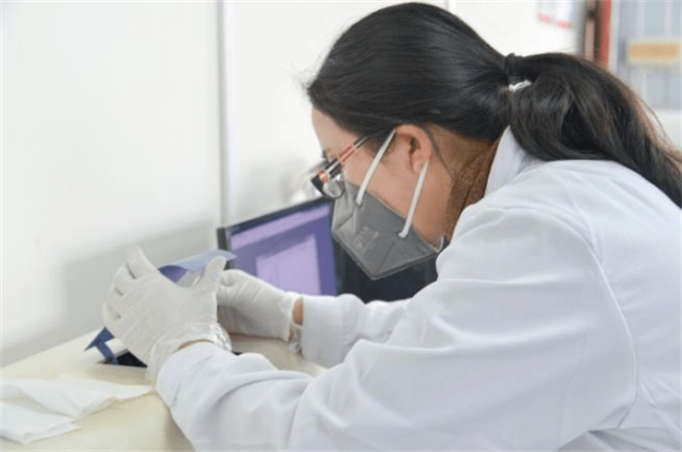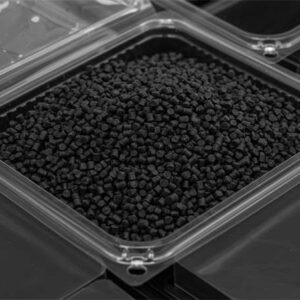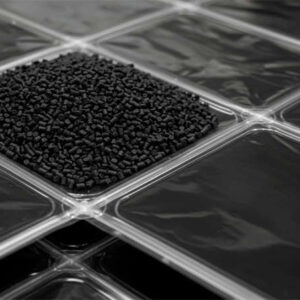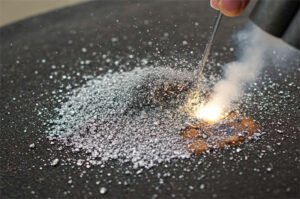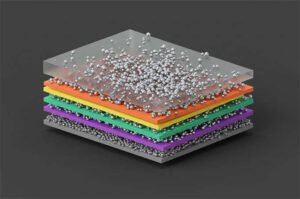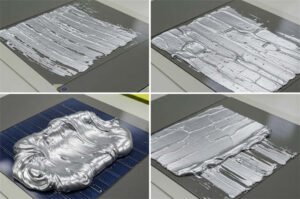The Science Behind the Shimmering Aluminum Pigment
The colorful world of pigment and dyes is where various industries intersect to allow effective solutions to enhance components in several ways. A humble yet valuable pigment that stands out for its unique ability to create eye-catching metallic effects is aluminum pigment pastes. This pigment is used in different applications of automotive paints, the art industry, cosmetics, the medical industry, and others.
Aluminum pigments are finely grounded aluminum particles and a type of metallic pigment that derives their shimmering effect from the reflectivity of aluminum flakes suspended in a medium. The binding agent or solvent used in aluminum pigments can vary from the specification of its application. These pigments are widely used for their ability to impart a brilliant, reflective, and metallic appearance to a variety of surfaces.
To understand the science behind its shimmering effect, aluminum pigments rely on light reflection. When light strikes the surface coated with aluminum pigment, the flakes reflect the light creating a shimmering or metallic effect similar to the way light is reflected off a mirror. The intensity and angle of the incident light, as well as the orientation and size of the aluminum flakes, are primary influencers of the final appearance of the pigment.
Moreover, the size particle of aluminum flakes is a determining factor that is critical for the visual properties of the pigment. Smaller flakes tend to produce a more reflective and shiny effect when incorporated in coatings, paints, and inks. While larger flakes create a coarser and glitter-like appearance on surfaces of plastic, metal, etc. Manufacturers can responsibly control the size of these flakes during the pigment production process, allowing for customization to meet the specific requirements of a particular application.
An important factor that plays a role in determining the significance of the pigment’s final appearance along with aluminum flake size is the thickness of the coating. A thinner coating of aluminum pigment allows more light to penetrate and be reflected by the flakes, resulting in a brighter and more reflective finish. And thicker coatings may produce a softer and satin-like effect on various surfaces.
Various Applications of Aluminum Pigments
- Automotive Paints: One of the most common applications of aluminum pigments is in automotive paints. The pigment creates metallic effects and pearlescent finishes in car extensions and other areas giving a modern visual appearance to vehicles.
- Cosmetics: The shimmering effects of aluminum pigments are utilized in cosmetics such as eyeshadows, lipsticks, and nail polishes.
- Printing Inks: The inks are incorporated with aluminum pigments to achieve a metallic and bright look on packaging, labels, and magazines.
- Plastics and Packaging: Different plastic products are widely applied with aluminum pigments for barrier protection and suitability with consumer goods.
- Industrial Coatings: Aluminum pigments are used in industrial coatings for machinery, appliances, and more to offer visual appeal and protection.
Purchase wholesale high-purity aluminum pigment from a reliable manufacturer and supplier – Five Star Materials. We carry a wide range of aluminum pigment pastes for different applications in industries like automotive, aerospace, medical, electrical, industrial, and more.

